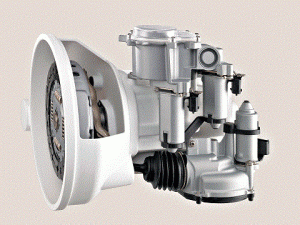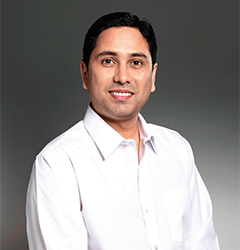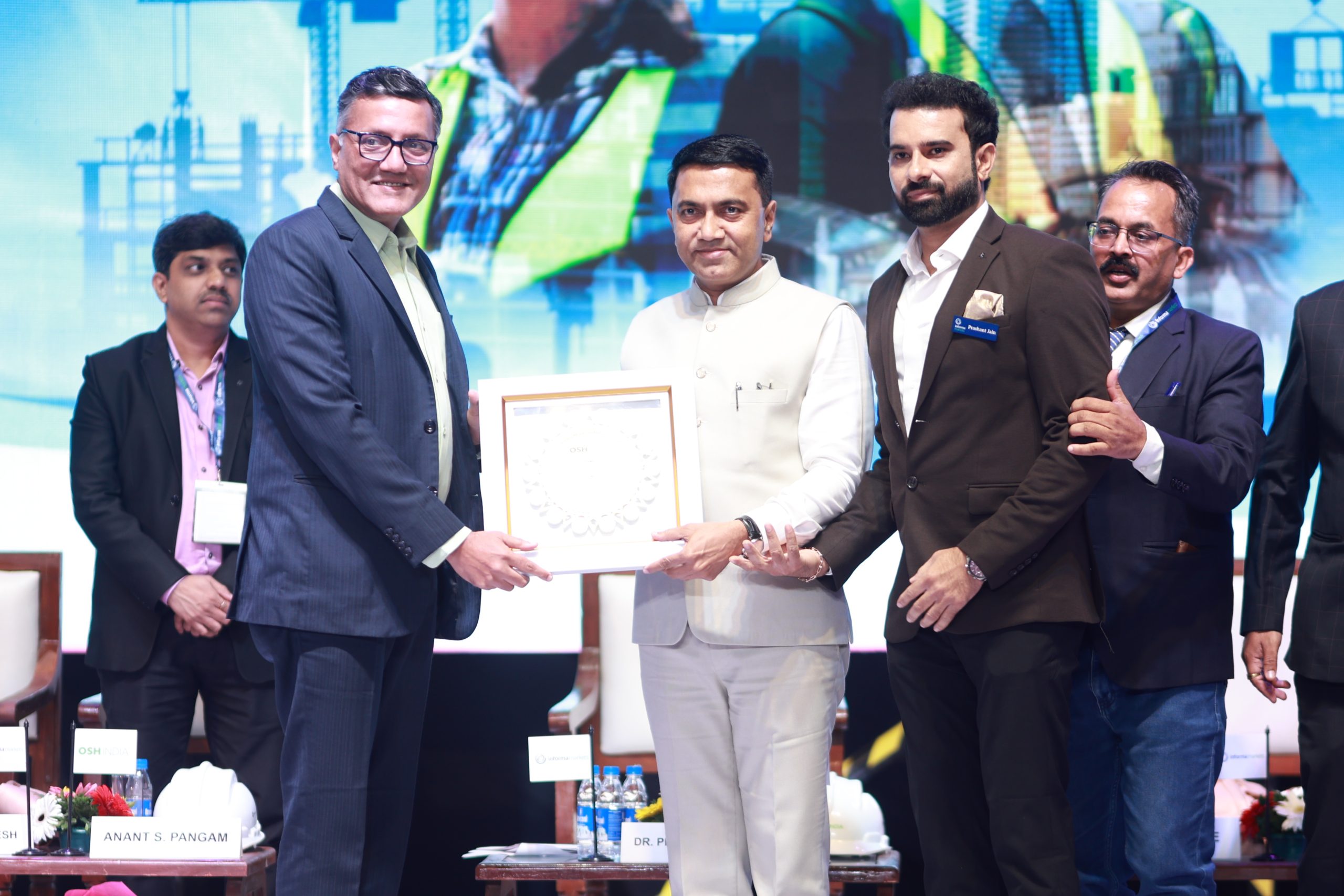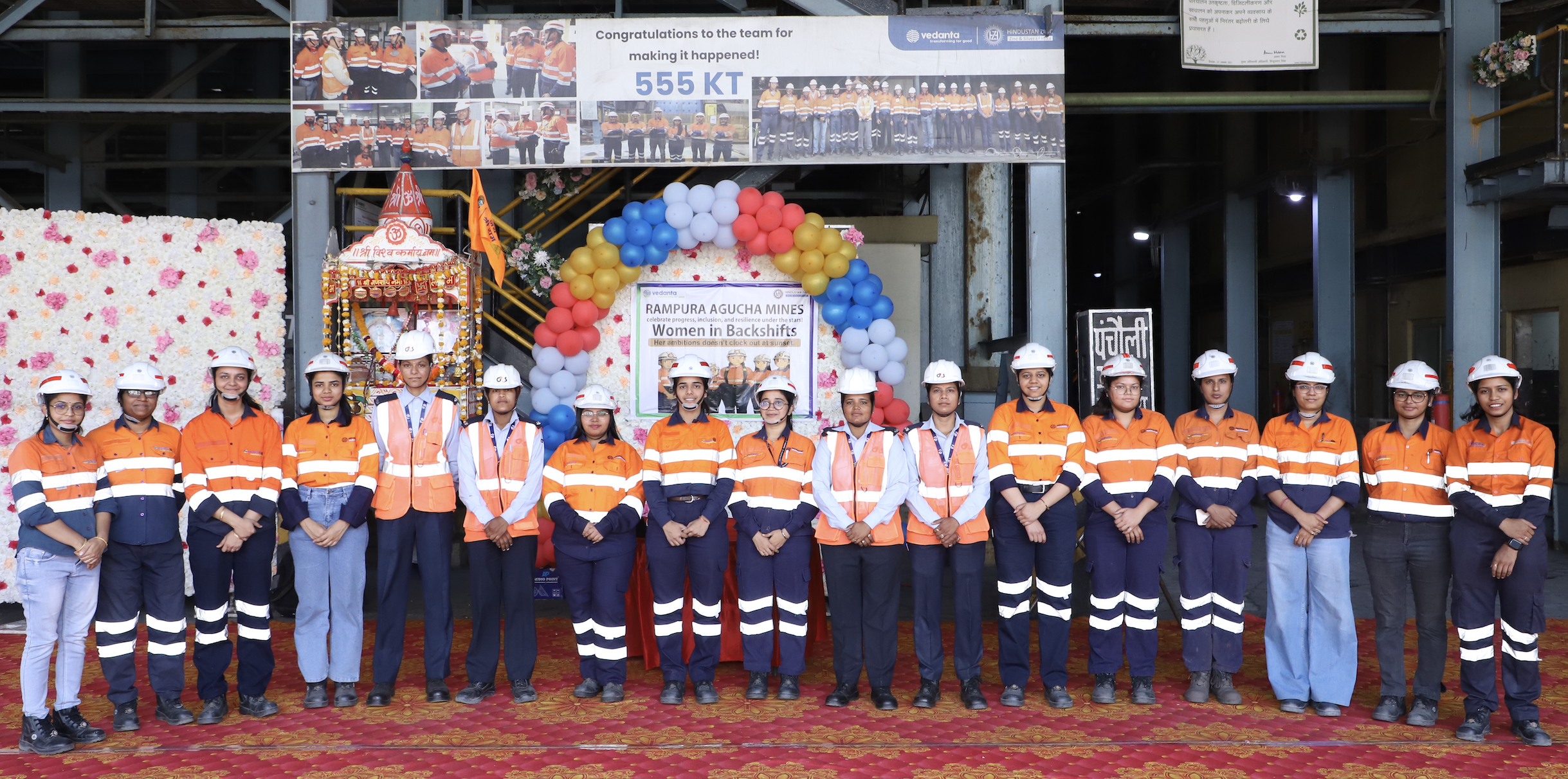By Piyush Munot
For more than a decade, Automated Manual Transmissions (AMTs) have been established in high volume production. It is successful in commercial vehicles and is now used more in trucks. Initially installed in sporty, high-performance cars, finally it also became accepted due to its low costs and the small required installation space – as ideal substitute for automatic transmission in compact and mid-size cars.
In the European Market, the demand for multi-ratio and dual clutch transmissions is increasing – in general and manufactured by ZF in particular – since they enable quick and sporty gear shifts without tractive force interruption and comfortable and fuel-efficient driving at the same time. However, car buyers have to pay extra for these systems making them not evenly attractive for all vehicle types and markets. In a price-sensitive compact and micro car segment, ZF sees that other attractive alternatives to the manual shift system are sought after – especially since the number of compact vehicles with less powerful engines will significantly increase (between 34 and 50 percent) until 2018 on a worldwide level, as Experts estimate.
Especially, in the emerging markets, AMT reasonably matches the compact car buyer’s expectation of a comfortable driving without having to pay too much extra for it since it costs a third of multi-ratio transmissions. Furthermore, it reduces fuel consumption and CO2 emissions as the vehicle with identical engine but equipped with AMT needs 5 to 10% less fuel. Another key advantage is also the packaging of AMTs, which integrates components into complex systems while taking care of the OEMs goal of lower installation space.
The basis of success
The basis of an AMT is an existing manual transmission and it is converted into an automated transmission by installing clutch and transmission actuators as well as a control unit with corresponding shift software, eliminating the clutch pedal. The transmission control unit controls the shifting characteristics by considering different sensor data from accelerator pedal movements reflecting the driver’s requests, engine speed, and current velocity. The clutch is opened by an electromechanical actuator and the shift operations within the gearbox are taken over by an electromechanical transmission actuator. These two actuators are controlled by an electronic control unit. If required, the system determines the shift points fully automatically, controls the shift and clutch processes, and influences the engine management system during the shift process with respect to rpm and torque. The AMT effectively prevents accidental downshifting instead of upshifting or a too long slipping time of the clutch. This contributes to better driving safety and a longer service life of the driveline components, besides offering comfortable driving experience even in heavy traffic congestions that demands constant gear shifting.
 Refinement of the tried-and-tested
Refinement of the tried-and-tested
AMT is a globally proven technology since the last few decades. ZF started the development of AMT Systems in the late 1980s and has developed it for different customers. Upto now ZF has produced more than 1.8 Million Clutch Actuators and 400,000 Gearbox Actuators. Over the years, ZF has been successful in enhancing the performance of AMT : Due to the optimized interaction of control software and new servo motors at the actuators, the tractive force interruption, for example when upshifting from the first to the second gear under load, could be considerably shortened like this: For a speed of 6 000 RPM, it now amounts to only 260 milliseconds. With this and other enhancements, gearshifts are less noticeable. Furthermore, ZF’s mechanical actuators became ever lighter, more robust, and thermally resistant in recent years. Additionally, an integration of a start-stop system could extend the fuel consumption advantages in city traffic to up to 15 percent: The combination with hybrid technology is also on the agenda of the ZF developers for future product generations of the AMT. And with an additional electric motor on board, which is a further future option, the transmission control unit could ‘slur’ the tractive force interruption and therefore enhance the driving comfort in compact cars with AMT even more. ZF is confident of the biggest growth potentials in emerging markets like India, China, and South America.
-the author is the Managing Director of ZF India Pvt. Ltd














Leave a Reply